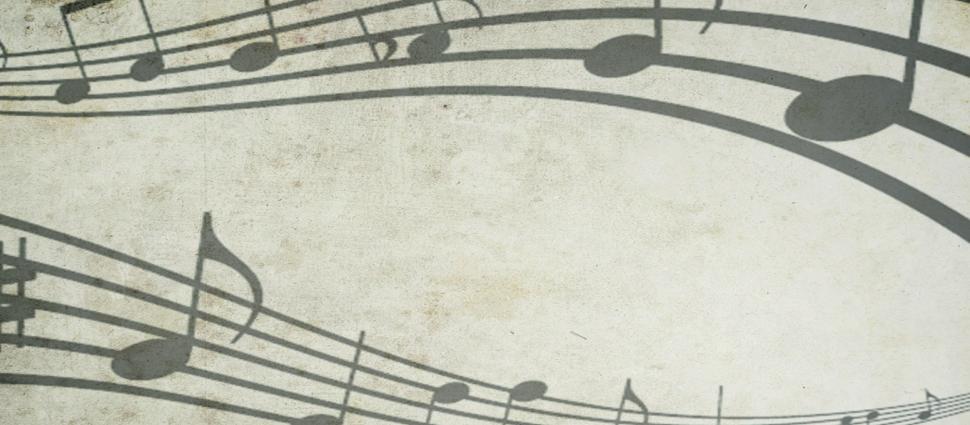Singing in Parts

I love plainsong chant and the power of unison singing. This type of singing fulfills particular roles in worship that part-singing cannot. However, I would suggest that the current status of congregational singing is not lacking in unison options but is in fact neglecting the benefits of singing in parts.
One reason that people do not sing in church is the lack of opportunities to do so with a voice part or a melody that fits into their vocal range. Altos and basses were not physically made to sing in the same range as sopranos and tenors. When faced with a high melody line and no opportunity (or training) to sing anything else, basses and altos either stop singing or strain their voices. If they are able to hit the higher notes, they do so in a different part of their voice that makes them stick out of the blend.
Singing in parts allows for different voice ranges to have vocal parts that fit their voice. This allows them the opportunity to participate more fully in congregational singing—which is, of course, a significant reason for singing together in the first place.
In addition, when people sing in harmony the whole is greater than the sum of the parts. Literally. Notes sung together cause sound frequencies to resonate together in such a way that “sounds” other notes that are not physically being sung. The combination of voices creates the opportunity for additional notes and harmonies to fill out the music with greater richness.
Singing in parts is a reflection of the Body of Christ that serves one another with different functions. The melody is supported by the harmony, the inner voices contribute tension and release, color, and enriched harmonic textures. The sopranos need the basses who need the altos and tenors.
However, I’ve also seen a particular type of snobbery that exists in churches that do sing four-part harmony. I once shared an antiphonal congregational setting of the “Sanctus” that I had composed with a friend at another church. His comment was to show it to him once I had written four parts—as if the addition of two additional parts were absolutely necessary for consideration. I’m never quite sure what these churches do with music in three parts or even five. Much of Renaissance music is five to six parts. One gets the impression that four parts is more holy. I appreciate the commitment to providing parts for the congregation to sing, but even alto and tenor lines can seemingly turn into idols.
With contemporary music, having a harmony part or two is not unusual but it is not usually something that a congregational alto or tenor can do—especially without written music in front of them. Sung bass parts are a rarity and has disenfranchised countless basses and baritones who are left without notes to sing.
As we reconsider the effects of the Reformation in this 500th anniversary year, I would encourage us to also recapture the beauty of congregational singing in a way that incorporates all of the body. Luther wanted people to be literate so that they could read the Bible for themselves; he also wanted people to be instructed in music so that they could sing God’s praises and not be dependent on the experts to do it for them. We have moved away from having professional choirs providing all of the music while congregants sit and listen; but having worship teams or music programs that take over the leading of worship in a manner that discourages congregational participation is no advancement. Congregational singing should be corporate—with thought and sensitivity given to participatory songs and vocal parts so that the congregation can actually sing.





